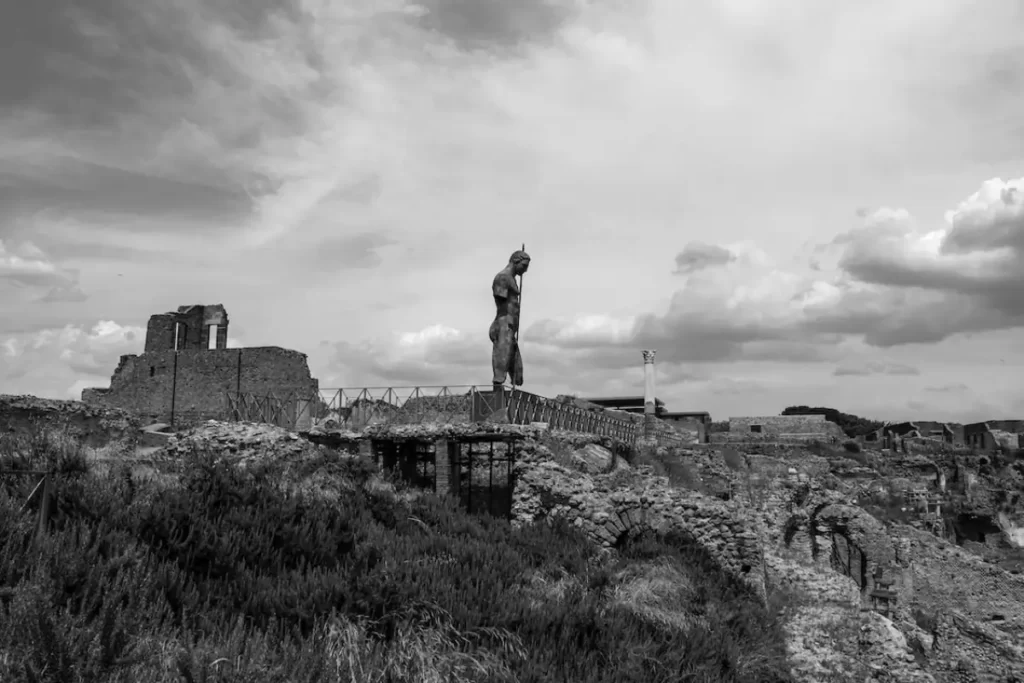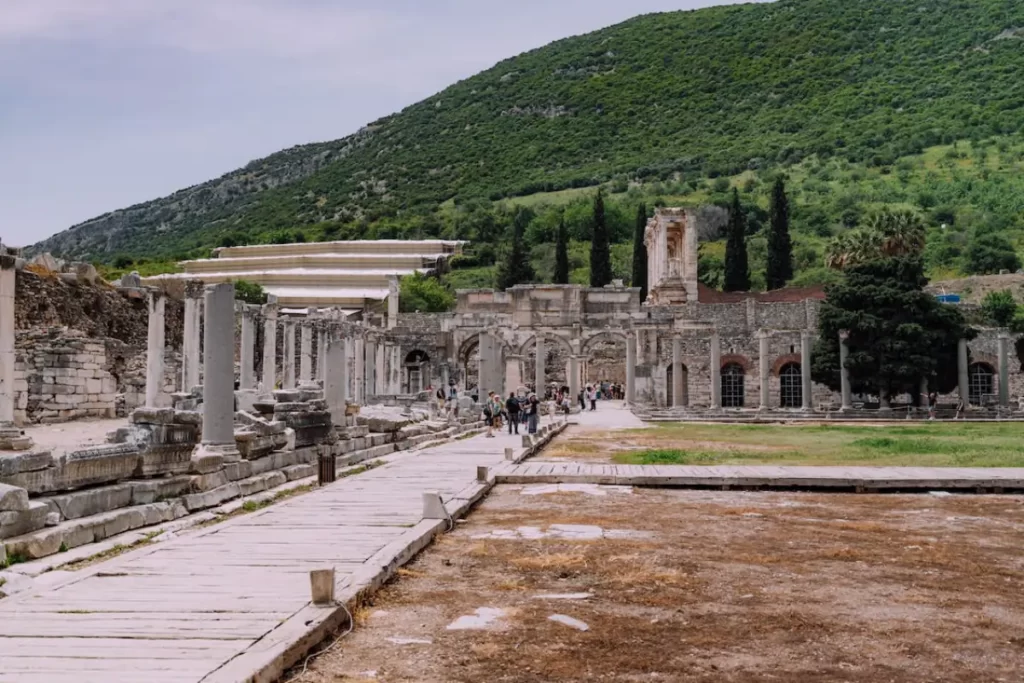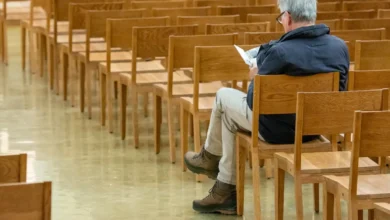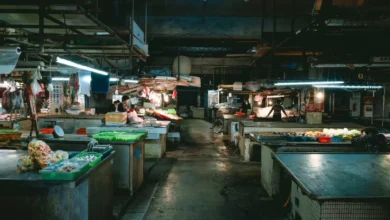Embarking on a journey through time, we uncover the allure of historic settlements, where the echoes of ancient lives resonate in every stone and pathway. In this exploration of bygone eras, we delve into the heart of civilizations that once flourished and left an indelible mark on the tapestry of history.
1. The Enigmatic Ruins of Machu Picchu
Our odyssey begins amidst the mist-shrouded peaks of the Andes, where the legendary Machu Picchu stands as a testament to the architectural prowess of the Inca civilization. Nestled high above the Urubamba River, this ancient citadel reveals a captivating blend of precision and grandeur. As we navigate the stone terraces and intricate structures, we unravel the mysteries of a once-thriving community that seems frozen in time.
2. The Rose City Carved in Stone
Venturing into the heart of Jordan, we encounter the mesmerizing city of Petra, a UNESCO World Heritage Site renowned for its rose-red cliffs and remarkable rock-cut architecture. Carved into the vibrant sandstone, the intricate facades of the Treasury and the Monastery transport us to an era where the Nabateans held sway over this desert landscape. Our footsteps echo through the Siq, a narrow gorge leading to this ancient marvel, creating a sensory journey back to a flourishing trade hub.
3. Pompeii – Frozen in the Ashes of Time

Stepping into the shadows of Mount Vesuvius, we explore the haunting ruins of Pompeii, an ancient Roman city frozen in time by the cataclysmic eruption in 79 AD. The well-preserved remnants of homes, marketplaces, and even a brothel offer a poignant glimpse into daily life in this thriving metropolis. The plaster casts of citizens, forever captured in their final moments, evoke a visceral connection to the human stories that unfolded amid the ashes.
4. The Ancient Marvels of Angkor Wat
Our journey takes us to the heart of Cambodia, where the sprawling complex of Angkor Wat unfolds. This UNESCO World Heritage Site and the largest religious monument in the world stand as a testament to the Khmer Empire’s architectural prowess. The intricate bas-reliefs depicting Hindu epics and the imposing towers that pierce the sky beckon us to contemplate the spiritual and cultural significance that permeated this ancient city.
5. Ephesus – The Greco-Roman Tapestry Unveiled

In the embrace of Turkey’s Aegean coast lies the ancient city of Ephesus, a once-thriving metropolis that played a pivotal role in the Greco-Roman world. The grand Library of Celsus, the impressive Great Theater, and the Temple of Artemis reflect the city’s prominence and architectural innovation. As we wander through the well-preserved streets, it’s not hard to imagine the vibrant energy that once coursed through this historical crossroads.
A Tapestry Woven in Time
Our journey through these historic settlements unveils a rich tapestry of human civilization, each thread contributing to the intricate story of our shared past. From the heights of Machu Picchu to the depths of Pompeii’s ruins, the resilience of ancient societies echoes through the ages, inviting us to reflect on the passage of time and the enduring legacy of those who came before us.
Inter-Cultural Experiences
As we stand at the crossroads of history, the culmination of our journey through these historic settlements unveils a rich tapestry of human civilization, a masterpiece intricately woven through the ages. Each historic site we have explored acts as a thread, weaving into this grand narrative of our shared past. From the awe-inspiring heights of Machu Picchu to the haunting depths of Pompeii’s ruins, the resilience of ancient societies echoes through time, resonating with a profound invitation for introspection.
Each historic settlement represents a chapter in the larger story of human existence. Machu Picchu, with its precision-carved stones and breathtaking terraces, contributes a vibrant thread symbolizing the ingenuity of the Inca civilization. In contrast, the ruins of Pompeii, frozen in the ashes of Vesuvius, offer a thread that speaks to the fragility of life and the unpredictable forces of nature.
Essence of Historic settlements
These threads are not isolated; they are interwoven, creating a mosaic that stretches across continents and eras. The ancient marvels of Petra, Angkor Wat, and Ephesus add their unique colors and patterns, depicting the diverse tapestry of cultures, beliefs, and architectural marvels that have shaped the course of human history. It is a tapestry rich in contrasts, where the grandiosity of empires coexists with the simplicity of daily life, and where moments of triumph are inseparable from those of tragedy.
The resilience of these ancient societies, manifested in the structures and artifacts that have withstood centuries, invites us to consider our own place in the continuum of history. What will our thread contribute to this ongoing tapestry? What stories will future explorers tell as they stand amidst the remnants of our cities and civilizations? The invitation to reflect on the enduring legacy we are crafting is both a challenge and an opportunity, prompting us to consider the impact of our actions on the unfolding narrative of humanity.
Conclusion
As we stand amidst these ancient enclaves, we become time travelers, weaving our own narratives into the fabric of history. The stones beneath our feet whisper tales of triumphs and tragedies, and the wind carries the echoes of lives lived centuries ago. In the dance between past and present, we find not only a connection to our roots but also an inspiration to safeguard and celebrate the treasures of our collective heritage.
So, let us continue to explore, to discover, and to marvel at the historic settlements that serve as portals to bygone eras. For in these ancient echoes, we find not only a window to the past but also a mirror reflecting the enduring spirit of humanity across the ages.









